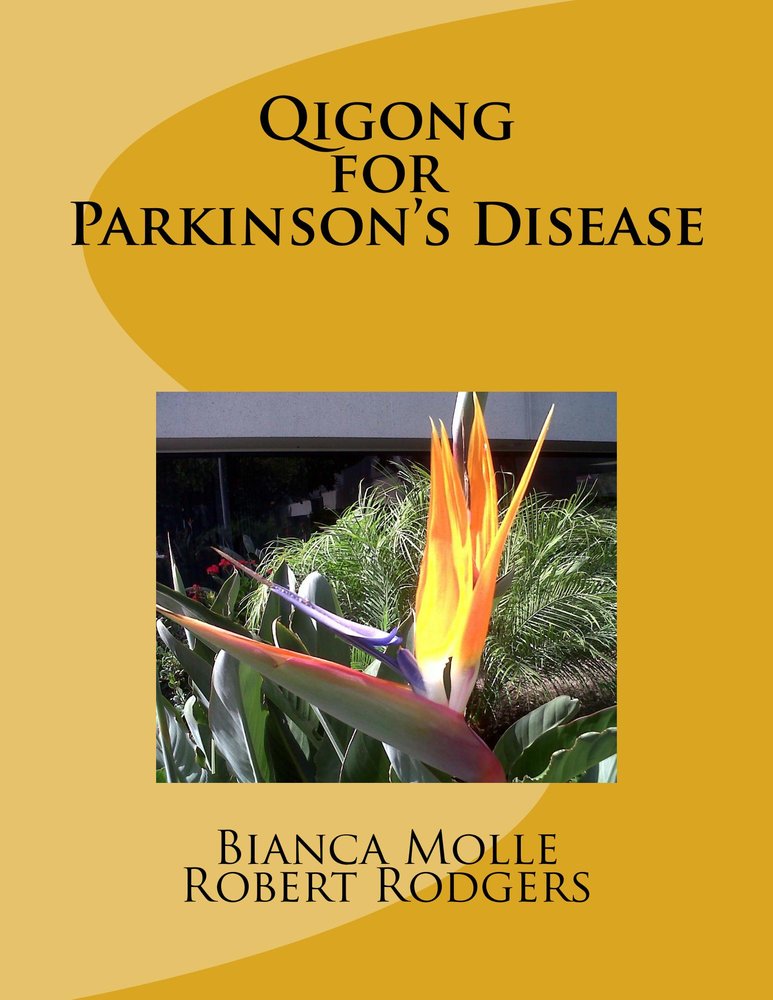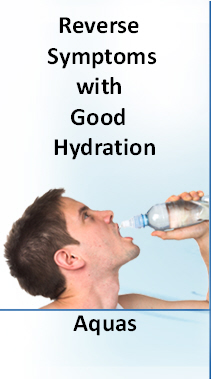Studies soundly conclude that hydrogen therapy has a bounty of benefits for persons confronting neurological challenges. Delivery of hydrogen by breathing it turns out to be a more effective delivery system than drinking water infused with hydrogen. Units are also less expensive.
Benefits of Hydrogen Therapy
The benefits of infusing your lungs with hydrogen therapy are extensive.
- Enhanced energy
- Reduced inflammation
- Improved circulation
- Better brain function
- Faster healing
- Reduction in anxiety
Admittedly this is a long list of benefits. What does hydrogen therapy do for you? It makes your mitochondria more efficient. This in turn increases the production of ATP, the energy “food” for the body.
A companion benefit is restoration of healthy bacteria in the gut. Healthy gut improves digestion and reduces constipation.
In short, daily infusions of hydrogen offer a variety of benefits that can lead to a reduction in neurological symptoms.
Potential Issues with Hydrogen Therapy
If you are taking blood thinners, be sure to let your doctor know you are getting hydrogen therapy. It thins the blood and means you will need to take lower doses of the blood thinning medication prescribed by your doctor.
If you have a serious and chronic infection, best to put aside hydrogen therapy until the infection is cleared. The bacteria contain mitochondria as do all cells. Hydrogen therapy could potentially inflame the infection.
About Hydrogen Therapy
Here is the big picture. A company headed by an engineer has invented a machine that delivers hydrogen that you breath, not drink with hydrogen enriched water. www.h2biohacker.com. They report that breathing hydrogen for 3 hours a day for persons with Parkinson’s symptoms can offer welcome benefits.
The cost of their units are over 2,000 USD. I recommend you request a free consultation with Ben Tammetta, the CEO, to discuss this option further. Ask if he will grant you a discount. A 10% discount code that may still work is drtalks.
Abstracts on Hydrogen Therapy for Parkinsons
Biomater Sci. 2025 Feb 11;13(4):896-912. Application trends of hydrogen-generating nanomaterials for the treatment of ROS-related diseases
Abstract
Reactive oxygen species (ROS) play essential roles in both physiological and pathological processes. Under physiological conditions, appropriate amounts of ROS play an important role in signaling and regulation in cells. However, too much ROS can lead to many health problems, including inflammation, cancer, delayed wound healing, neurodegenerative diseases (such as Parkinson’s disease and Alzheimer’s disease), and autoimmune diseases, and oxidative stress from excess ROS is also one of the most critical factors in the pathogenesis of cardiovascular and metabolic diseases such as atherosclerosis.
Hydrogen gas effectively removes ROS from the body due to its good antioxidant properties, and hydrogen therapy has become a promising gas therapy strategy due to its inherent safety and stability. The combination of nanomaterials can achieve targeted delivery and effective accumulation of hydrogen, and has some ameliorating effects on diseases.
******
Mol Neurobiol. 2023 Apr;60(4):1749-1765. Molecular Hydrogen: an Emerging Therapeutic Medical Gas for Brain Disorders
Abstract
Oxidative stress and neuroinflammation are the main physiopathological changes involved in the initiation and progression of various neurodegenerative disorders or brain injuries. Since the landmark finding reported in 2007 found that hydrogen reduced the levels of peroxynitrite anions and hydroxyl free radicals in ischemic stroke, molecular hydrogen’s antioxidative and anti-inflammatory effects have aroused widespread interest.
Due to its excellent antioxidant and anti-inflammatory properties, hydrogen therapy via different routes of administration exhibits great therapeutic potential for a wide range of brain disorders, including Alzheimer’s disease, neonatal hypoxic-ischemic encephalopathy, depression, anxiety, traumatic brain injury, ischemic stroke, Parkinson’s disease, and multiple sclerosis.
This paper reviews the routes for hydrogen administration, the effects of hydrogen on the previously mentioned brain disorders, and the primary mechanism underlying hydrogen’s neuroprotection.
******
Mol Neurobiol. 2023 Apr;60(4):1749-1765. Molecular Hydrogen: an Emerging Therapeutic Medical Gas for Brain Disorders
Abstract
Oxidative stress and neuroinflammation are the main physiopathological changes involved in the initiation and progression of various neurodegenerative disorders or brain injuries. Since the landmark finding reported in 2007 found that hydrogen reduced the levels of peroxynitrite anions and hydroxyl free radicals in ischemic stroke, molecular hydrogen’s antioxidative and anti-inflammatory effects have aroused widespread interest.
Due to its excellent antioxidant and anti-inflammatory properties, hydrogen therapy via different routes of administration exhibits great therapeutic potential for a wide range of brain disorders, including Alzheimer’s disease, neonatal hypoxic-ischemic encephalopathy, depression, anxiety, traumatic brain injury, ischemic stroke, Parkinson’s disease, and multiple sclerosis.
This paper reviews the routes for hydrogen administration, the effects of hydrogen on the previously mentioned brain disorders, and the primary mechanism underlying hydrogen’s neuroprotection.
Robert Rodgers PhD
Founder 2004
Parkinsons Recovery
https://www.parkinsonsrecovery.com
Founder 2005
Alzheimers Recovery
https://www.alzheimersrecovery.com



































